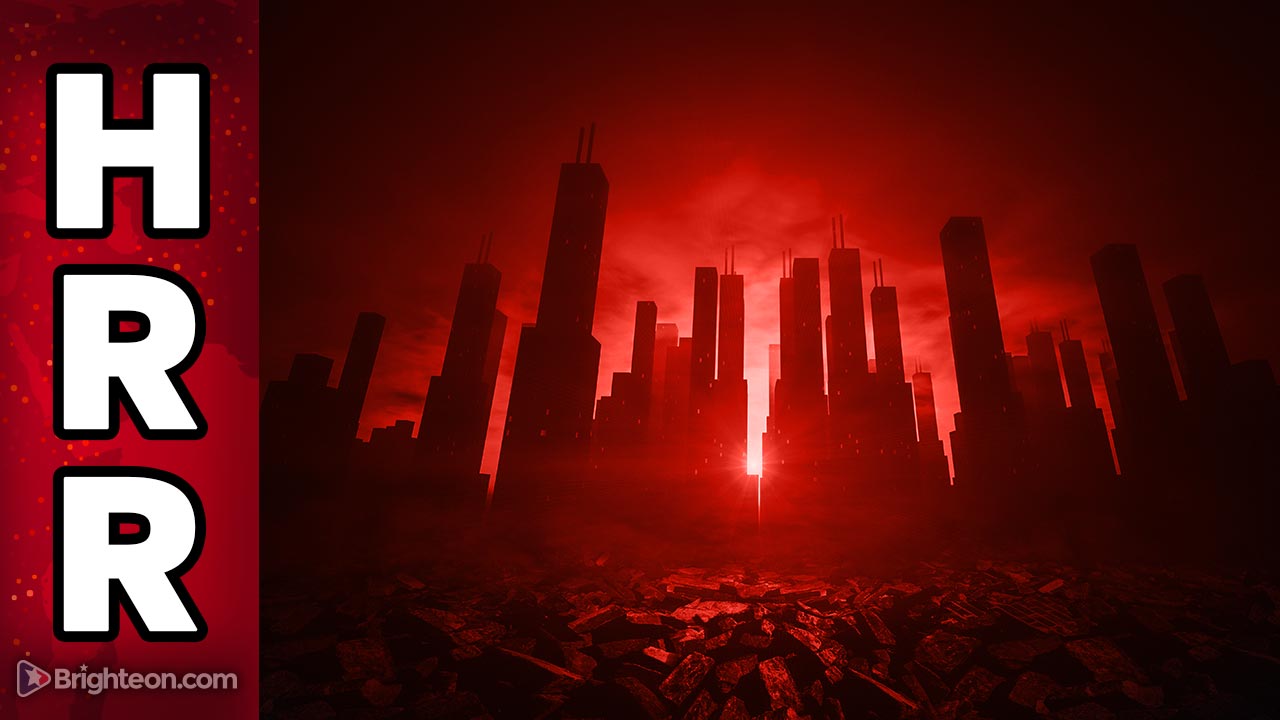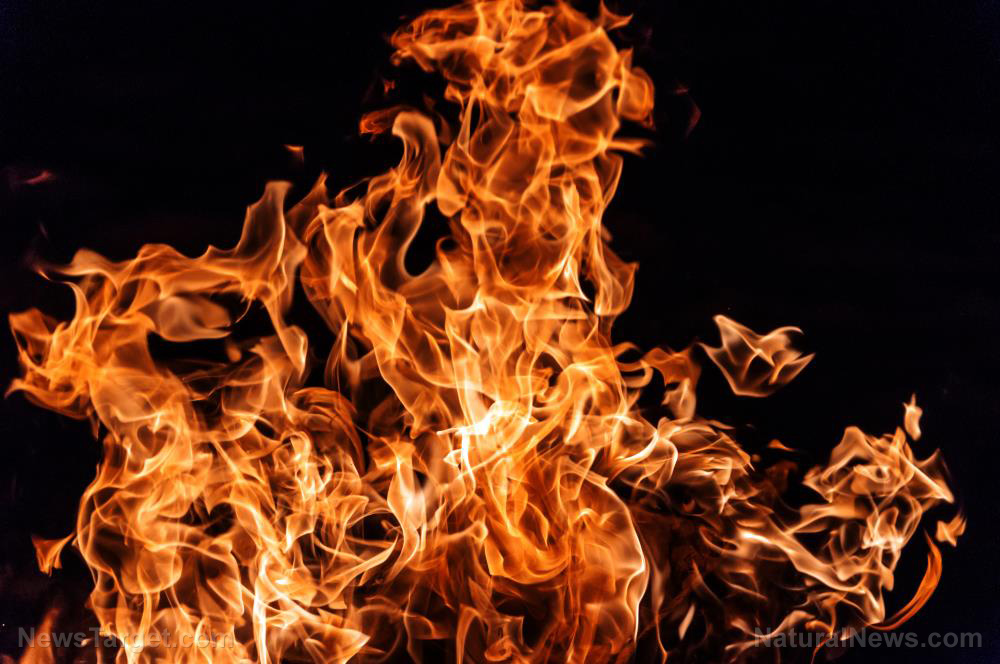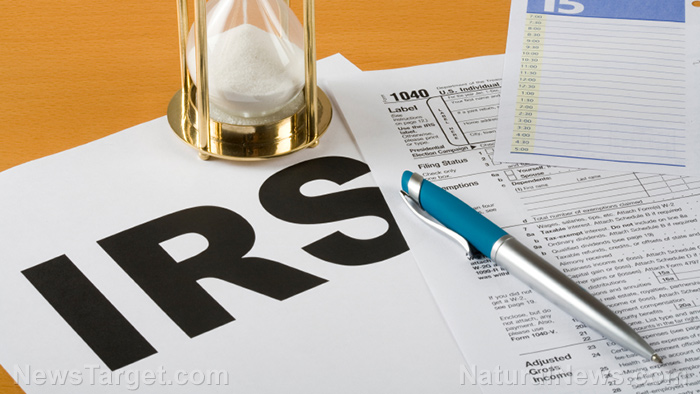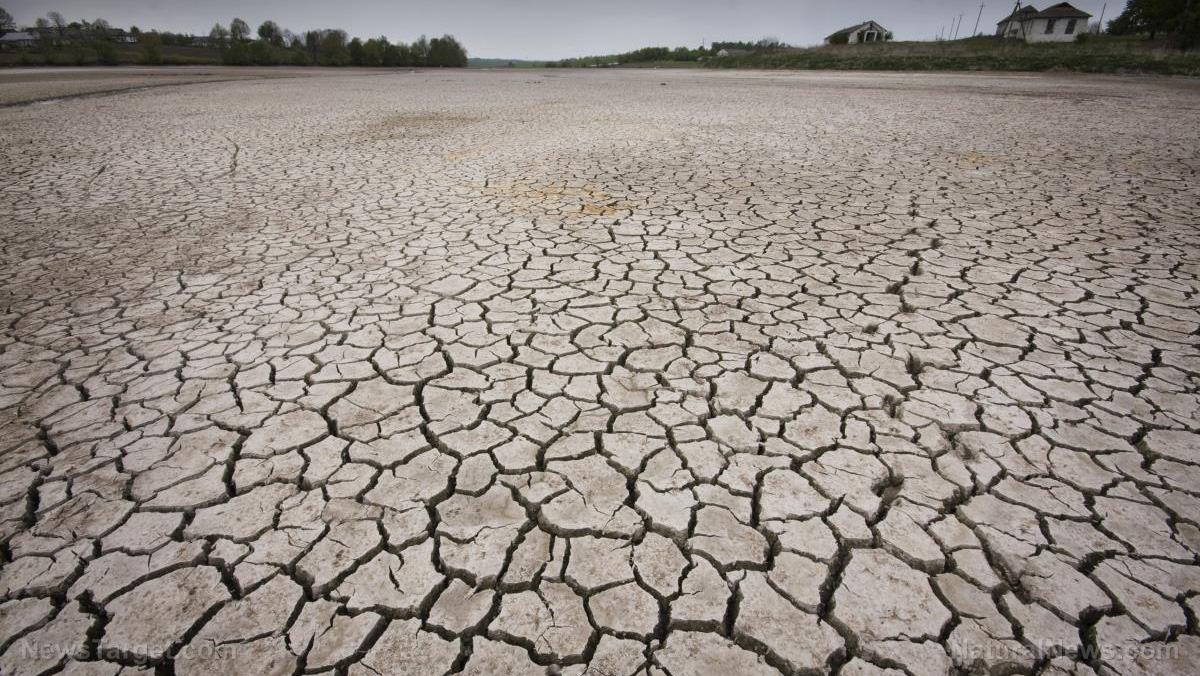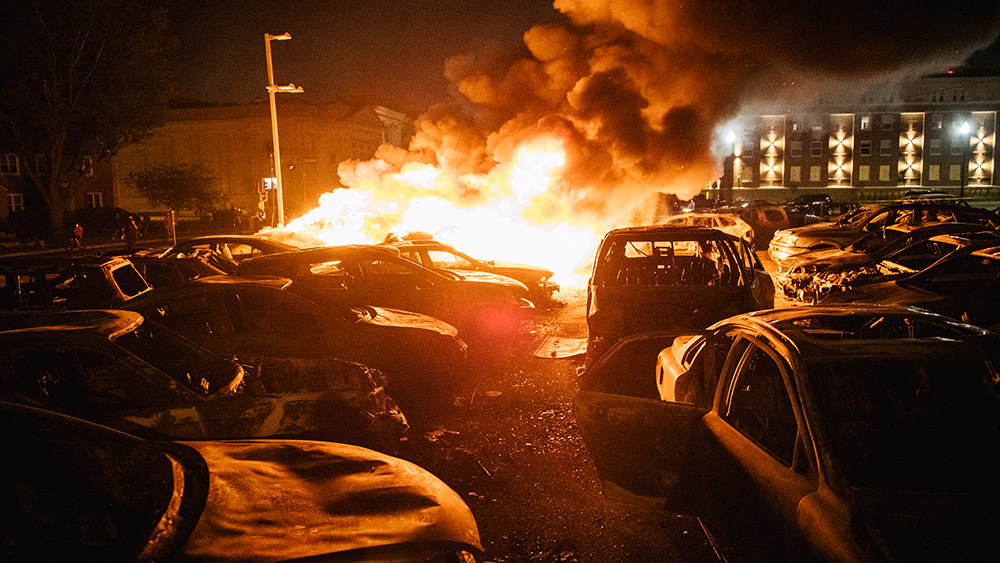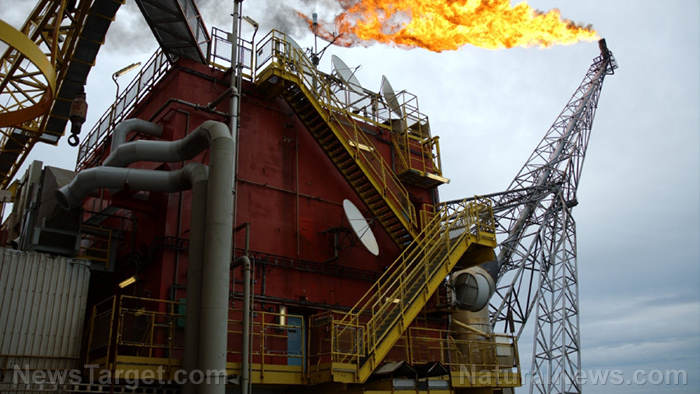Mass starvation coming: Oil-rich Venezuela doesn’t have enough fuel for its farmers to sow their fields
06/21/2020 / By Arsenio Toledo
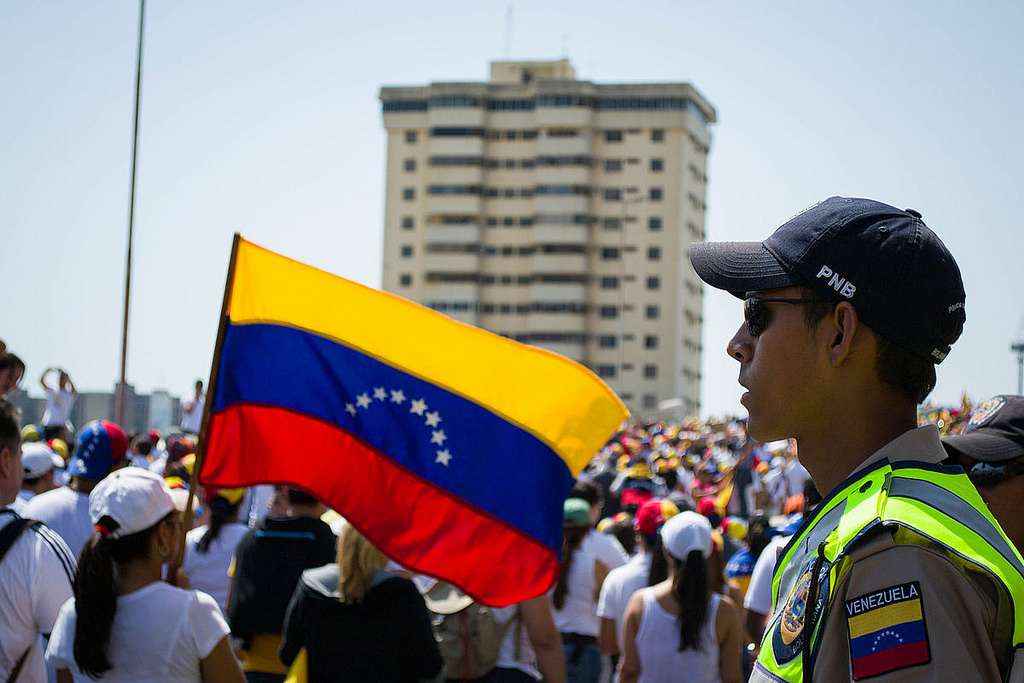
Ever since Venezuela’s current socialist leader, President Nicolas Maduro, was first elected in April 2013, the country has been going through an economic crisis. And now, according to the International Crisis Group, a think tank doing research on global crises, the country is also on the verge of famine.
Venezuelan agricultural sector is shrinking
According to the Confederation of Associations of Agricultural Producers of Venezuela (Fedeagro), a farming labor union, because of ongoing fuel shortages, more than half of the land Venezuela used last year to grow vegetables won’t get replanted. The country’s corn production is expected to cover less than a quarter of what the nation needs, only 16 percent of the country’s sugar mills are currently operating and the milk and dairy industry is running at just 12 percent capacity.
The country’s production of crops such as rice, sorghum and corn have been declining since as far back as 2008. Research group Cenda predicts that the country might be able to produce 350,000 tons of corn by the end of the year, compared with 450,000 tons produced in 2019. Fedeagro says that Venezuela typically consumes around 1.6 million tons per year. (Releated: Venezuela enacts strict price controls amid coronavirus pandemic, basic goods now priced higher than minimum wages.)
There have been efforts to alleviate the crisis, such as a government program to provide farmers with $20 million in agricultural credit, as well as a joint venture with the United Nations’ Food and Agriculture Organization (FAO) to distribute seeds and fertilizer.

Maduro’s government has also begun importing over half of the corn the country needs, but with a worthless currency (the Venezuelan bolivar), international sanctions and dwindling foreign reserves, Venezuela has few options to turn to for food imports. It reached an agreement with a Mexican firm to trade Venezuelan oil for corn and water trucks, but the company has since gone bankrupt.
These programs and trade deals might not be enough. Aquiles Hopkins, president of Fedeagro, says that the country will begin experiencing the consequences of the agriculture sector’s lack of productivity in a few months.
“We’re eating vegetables that were planted two or three months ago, rice that was sowed six months ago and corn from the previous crop cycle,” said Hopkins.
Listen to this episode of the Health Ranger Report, a podcast by Mike Adams, the Health Ranger, as he talks about how, through hyperinflation and mass starvation, the United States is on track to becoming a new Venezuela.
New gasoline rationing system unable to help farmers
On May 30, Maduro’s government launched a dual-price system that they hoped would help ease the country’s fuel shortages. Under the new system, Venezuelans could purchase up to 31.7 gallons (120 L) of gasoline at a subsidized price of $0.025 (5,000 bolivares) per liter, and $0.5 per liter thereafter. Additionally, around 200 gas stations were designated to charge solely at the higher price.
Unfortunately, the new plan didn’t have the intended effect, and on June 1, when it began, many gas stations across the country were thrown into disarray. Wealthier citizens were able to wait in shorter lines at the stations that charge higher prices, but a majority of Venezuelans who couldn’t afford that were forced to wait in endless lines. Some people were forced to wait upward of 13 hours before they were able to buy their much-needed fuel.
Roberto Latini, whose farm is located in the country’s northeast, said he has no choice but to either wait all day at a gas station or pay higher prices for fuel on the black market. He is worried that, if the fuel shortage continues, it will be too late to sow his fields.
Fedeagro Vice President Celso Fantinel, a corn grower who also has a farm in the country’s northeast, said that due to the price of fuel, he is unable to make the 220-mile round trip to even visit his fields. This, combined with pesticide shortages and a lack of credit, has forced him to sow just 741 acres (300 hectares) of corn, down to less than a third of what he used to look after.
“Without fuel, you can’t cover the daily needs of the farm,” said Fantinel. “If you have to bring in a technician from town, or a spare part, or even food for the workers, it’s impossible.”
Gerson Pabon, a vegetable farmer in the northwestern state of Tachira, said that he and many other farms have been forced to get their gas and pesticides across the border in Colombia. They pay international market rates for their supplies, which has forced them to radically jack up the prices of their produce to be able to cover their costs.
The evidence of fuel scarcity is everywhere – ambulances are unable to run, telecommunications networks are faltering and, perhaps more worryingly, many farmers have given up on using farming machinery, instead favoring the use of farm animals such as oxen.
Learn about the fragility of the world’s food supply chains and what people can do to protect themselves from it at FoodSupply.news.
Sources include:
Submit a correction >>
Tagged Under:
agricultural sector, agriculture, chaos, Collapse, crisis, economics, economy, financial collapse, food crops, food insecurity, food security, food shortage, food supply, fuel rationing, fuel shortage, harvest, Inflation, Nicolas Maduro, price control, risk, socialism, starvation, Venezuela
This article may contain statements that reflect the opinion of the author
RECENT NEWS & ARTICLES
COPYRIGHT © 2017 COLLAPSE.NEWS
All content posted on this site is protected under Free Speech. Collapse.news is not responsible for content written by contributing authors. The information on this site is provided for educational and entertainment purposes only. It is not intended as a substitute for professional advice of any kind. Collapse.news assumes no responsibility for the use or misuse of this material. All trademarks, registered trademarks and service marks mentioned on this site are the property of their respective owners.





